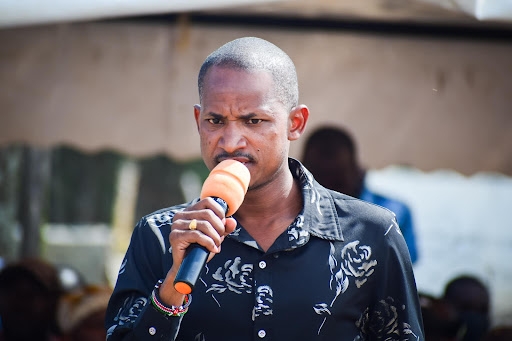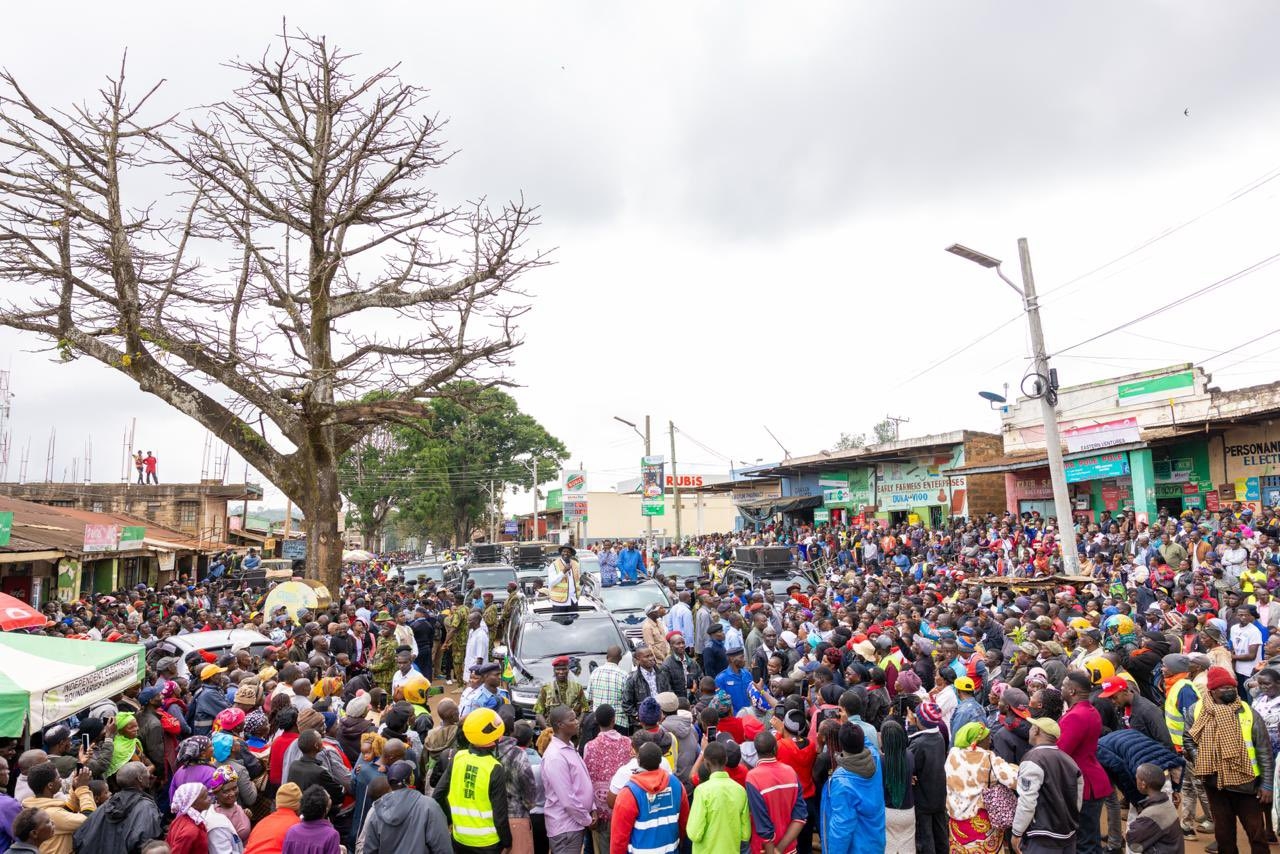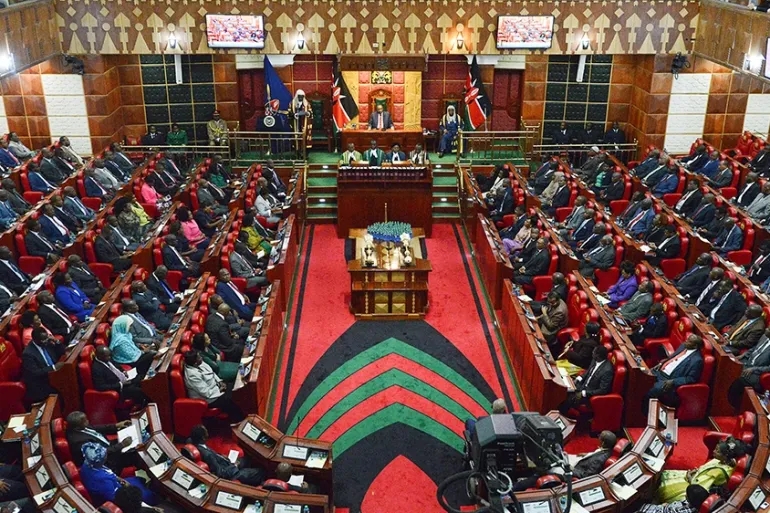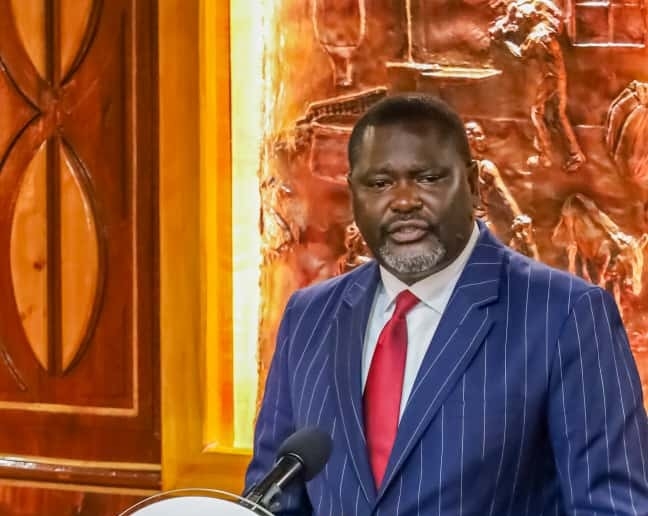
Kenya's second-largest wind power energy producer–Kipeto Energy plans to expand its wind farm in the country to boost the country’s installed electricity capacity.
This comes with the completion of an equity co-investment in Meridiam’s flagship Kipeto 100 MW wind farm in Kajiado county, by Proparco, the French development finance institution at an undisclosed amount.
Meridiam, a global investor and asset manager based in France that specialises in long-term public infrastructure projects, is the majority shareholder with an 88 per cent stake.
The expansion will involve putting up of an additional 18 turbines. The current wind farm has 60 turbines of 1.7 megawatts each, generating approximately 432 GWh of power annually and is a key supplier of clean electricity to the national grid.
According to management, the expansion is subject to regulatory approvals and negotiations with Kenya Power, which the company has an existing Power Purchase Agreement (PPA) with for its current 20-year investment plan in Kenya.
“We are looking to double the current production capacity and obviously, to present an attractive tariff to KPLC for the benefit of the ultimate consumer,”Kipeto Energy CEO Allan Munyua said.
Increased capacity will bring it close to Lake Turkana Wind Power which has a capacity of 310MW, delivered to the Kenyan national grid through 365 wind turbines.
Kipeto was officially connected to the national grid in January 2021 and started generating power shortly after, with its clean energy supplies being equivalent to serving 250,000 households.
Speaking during a site visit of the project on
Monday, French
Ambassador to Kenya Arnaud Suquet said by investing in the second largest
wind power plant in Kenya, and as the country’s first bilateral partner for
energy provision, France reaffirms its commitment to contribute to Kenya’s goal
of 100 per cent renewable electricity production and universal access by 2030.
“This collaboration between Proparco and Meridiam is emblematic of what the France–Kenya partnership can deliver at scale; reliable and clean power, affordable and sustainable energy, measurable climate impact and shared prosperity for surrounding communities,” Suquet said.
Proparco regional director for East Africa, Jean
Guyonnet-Dupérat, said partnering
with Meridiam at Kipeto reinforces the entity’s commitment to accelerate Africa’s low‑carbon
transition while delivering tangible socio‑economic benefit.
“Kipeto provides dependable, affordable clean power, avoids over 250,000 tonnes of CO₂ annually, supports jobs and channels a share of profits to community project, fully consistent with Proparco’s mandate and Kenya’s climate ambitions,” he said.
Kipeto is among the top five power producers in the country after KenGen which as of June this year accounted for 8,481.13GWh or 58.97 per cent of the energy generated in the country.
It was followed by Lake Turkana Wind Power with 1,436.57GWh (9.99%), Orpower had 883.24GWh (6.14%), Rabai Power489.29GWh (3.40%) and Kipeto’s 422.52GWh which accounted for 2.94 per cent of produced electricity.
The expansion plan comes amid a renewed push to lift the moratorium on Independent Power Producers (IPPs), to pave way for new Power Purchase Agreements (PPAs) to help meet the rising electricity demand in the country.
Kenya’s installed capacity as of June 2025 was 3,840.8 MW, according to the Energy and Petroleum Regulatory Authority, comprising 3,192.0 MW of interconnected capacity, 603.8 MW of captive capacity and 45.0 MW of off-grid capacity.
Geothermal forms the largest share of Kenya’s installed capacity at 25.92 per cent. Hydro and thermal rank second and third accounting for 23.97 per cent and 17.22 per cent respectively. Solar PV systems accounts for 14.12 per cent while wind generation systems account for 11.98 per cent.
Electricity demand continued to grow, with the country recording a new peak demand of 2,316.2 MW on February 12, 2025, representing a 6.38 per cent increase from the previous financial year.
“Consumption rose across all categories, large commercial and industrial, small commercial, domestic, street lighting and electric mobility, each achieving all-time highs, a clear indicator of Kenya’s expanding economic activity and electrification progress,” EPRA director general, Daniel Kiptoo, says in the latest energy sector report.
Kenya Power has not signed any new PPAs since 2018 following a freeze imposed by the Cabinet, which was later extended by Parliament.
The utility firm is reported to be rationing electricity due to reduced supply in what has forced the country to increasingly rely on Ethiopia and Uganda for its energy needs.
President William Ruto in recent remarks said the country needed over Sh1 trillion to boost its power capacity to at least 5,000 megawatts, to spur growth.
According to Kenya Power managing director Joseph Siror, the country needs more IPPs to meet the growing electricity demand.
Currently, Kenya Power has more than 20 IPPs in its books cutting across the entire energy mix of wind, solar, hydro, geothermal and thermal, with most contracts expiring around 2034.
















